Lionesses; Serengeti National Park, Tanzania
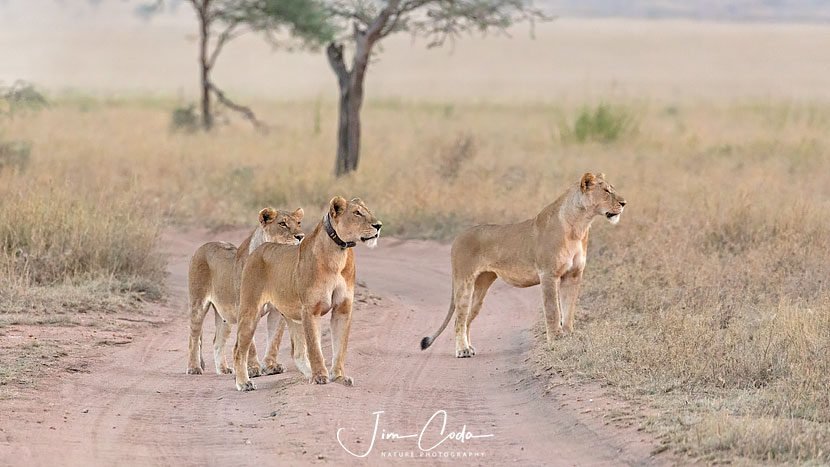
Lionesses on the Hunt
On my safari in Tanzania last fall this lioness is the only animal I saw that was collared.
This site is dedicated to wildlife and landscape photography.
This site is dedicated to wildlife and landscape photography.
This site is dedicated to wildlife and landscape photography.

Lionesses on the Hunt
On my safari in Tanzania last fall this lioness is the only animal I saw that was collared.
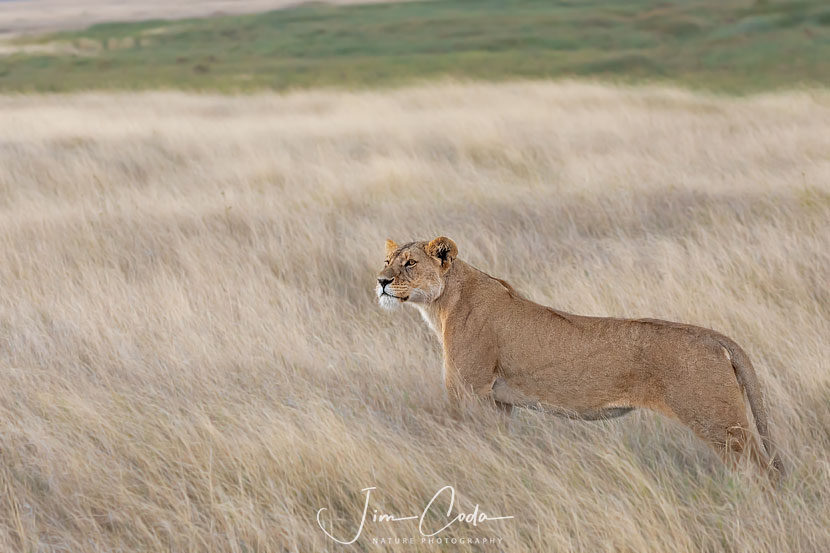
An African lioness surveys her domain in Serengeti National Park.
I saw a fair number of lions in Serengeti National Park last September. Cheetahs were harder to find, but leopards were by far the most difficult to find of the three.
Back in late 2007 a photographer by the name of Jim Goldstein invited other photographers to do blogs showing their 10 best photographs of that year and to send him a link to their blogs which he would then add to a list of the blogs of all who were participating. It was a great service to all who appreciated good photography. It gave me a handy list of photographers (mostly nature photographers) so I could easily look at what they were doing and how my work compared to theirs. I participated a couple of times, but somehow forgot about it. I saw a notice about it recently and decided to participate again.
2018 for me was highlighted by a trip to Tanzania hosted by the African Wildlife Foundation (Craig Sholley) and Nature’s Best Photography (Jeff Vanuga). They hired Thomson Safaris to deliver all the necessary services such as camps, food, drivers etc. All three were superb. I also made my regular trips to Point Reyes National Seashore, which is a short drive from my home.
Jim Goldstein used to ask that you list your 10 “best” photos. The limit of 10 was not strictly followed by most and Jim seems to have de-emphasized it nowadays. Picking what you think are your “best” photos is not easy. So, below is a list of “some” of my “favorite” photos of 2018 in no particular order.
Finally, Jim’s list of links won’t be out until about the second week in January and when it comes out I’ll insert a link here. here it is: https://www.jmg-galleries.com/blog/2019/01/08/photos-2018-jmggalleries-blog-readers/
For now, you can go to his blog touting the 2018 round and linking to all the previous rounds all the way back to 2007 by clicking here. Thanks Jim!
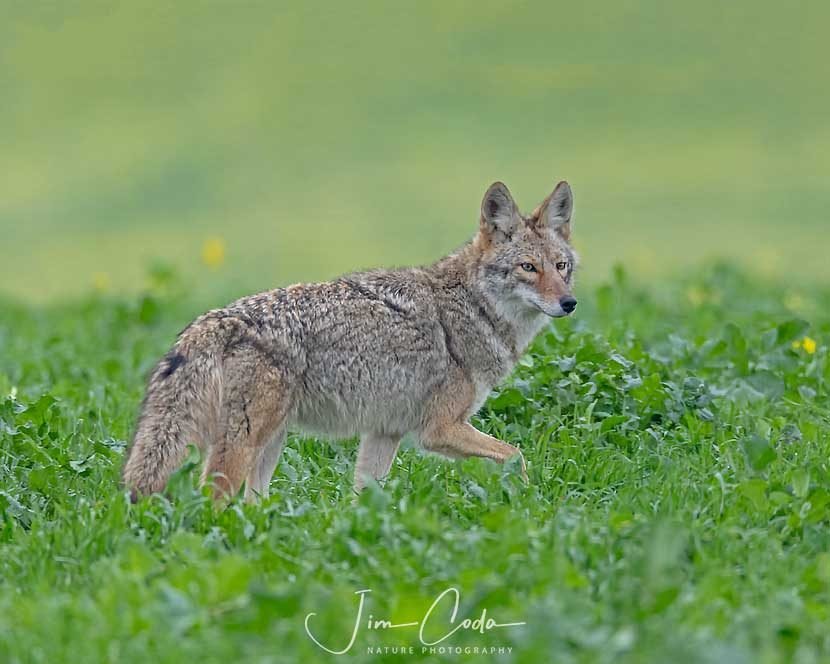
Coyote, Point Reyes National Seashore

Leopard, Serengeti National Park

Bobcat with Damaged Eye, Point Reyes National Seashore

Wildebeest Crossing Mara River, Serengeti National Park

Two Cheetahs Rest, Serengeti National Park
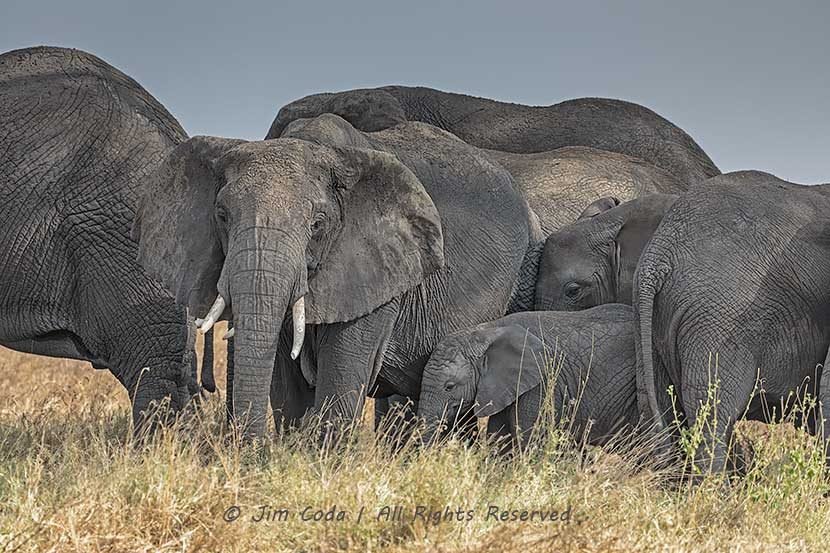
Mother Elephants and Calves, Serengeti National Park, Tanzania
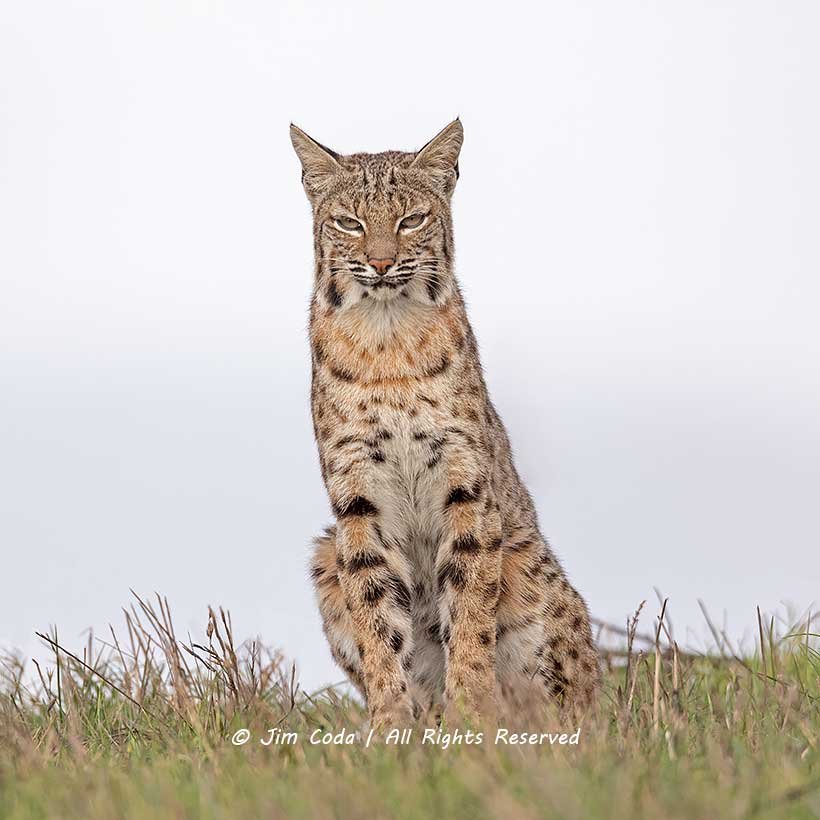
Bobcat, Point Reyes National Seashore
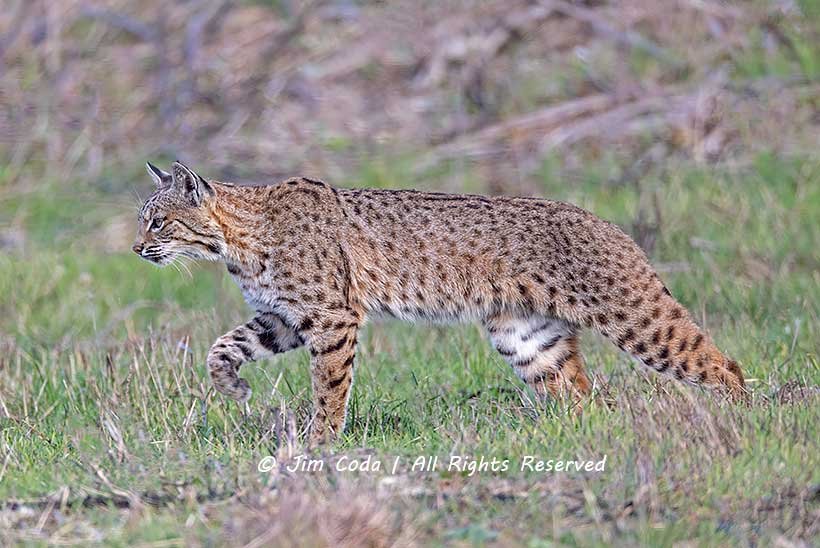
Bobcat, Point Reyes National Seashore
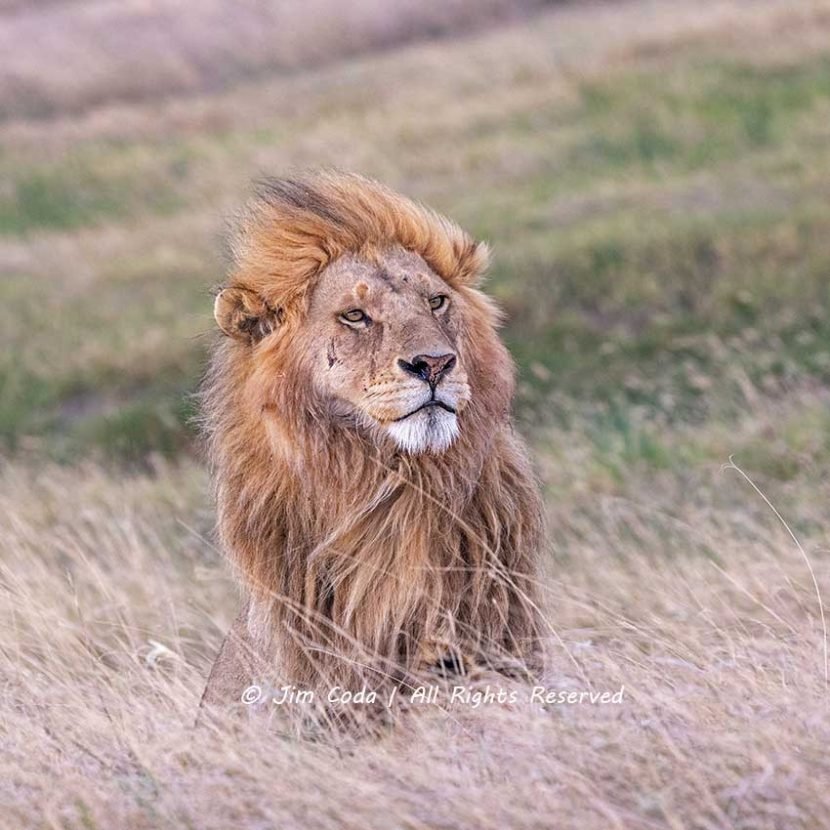
Male African Lion, Serengeti National Park
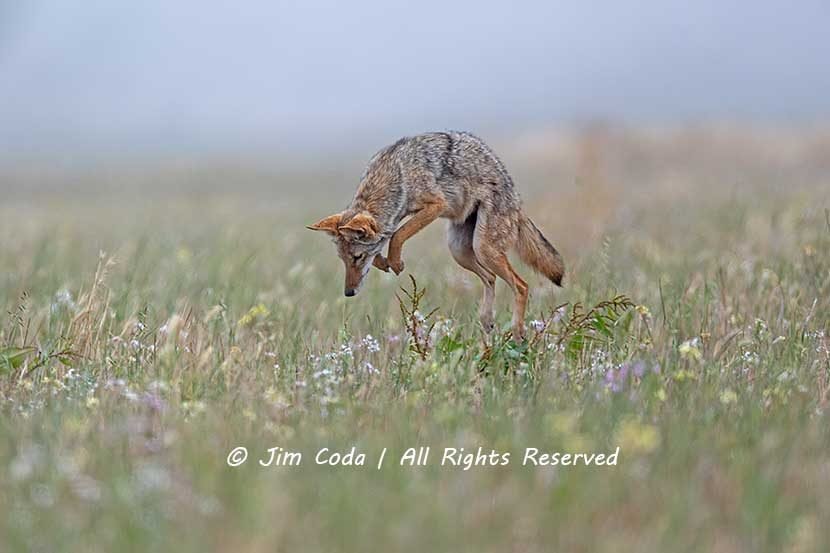
Coyote, Point Reyes National Seashore
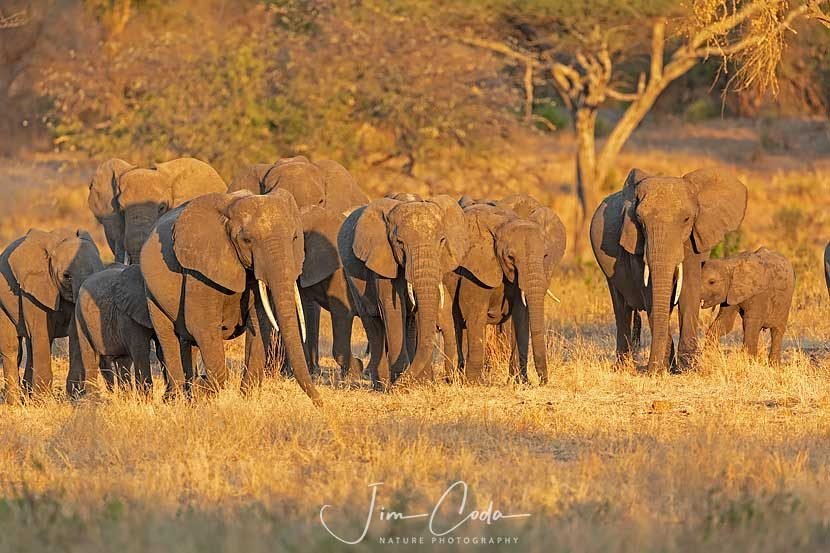
Elephants, Tarangire National Park
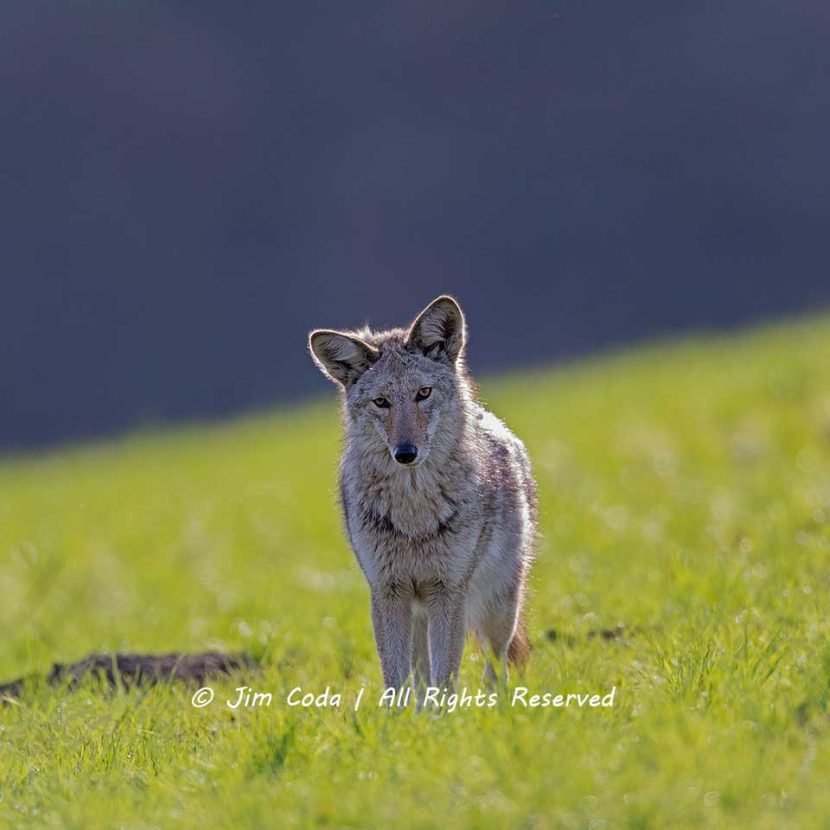
Coyote, Point Reyes National Seashore
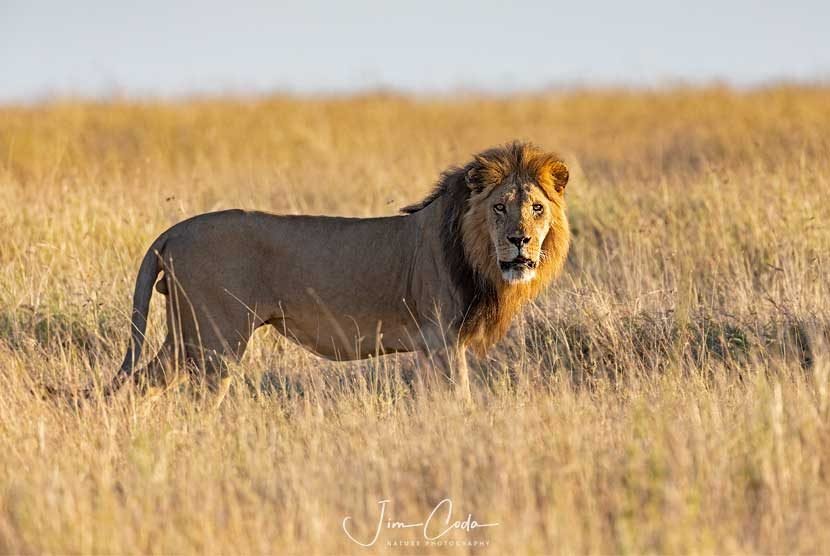
Male Lion, Serengeti National Park
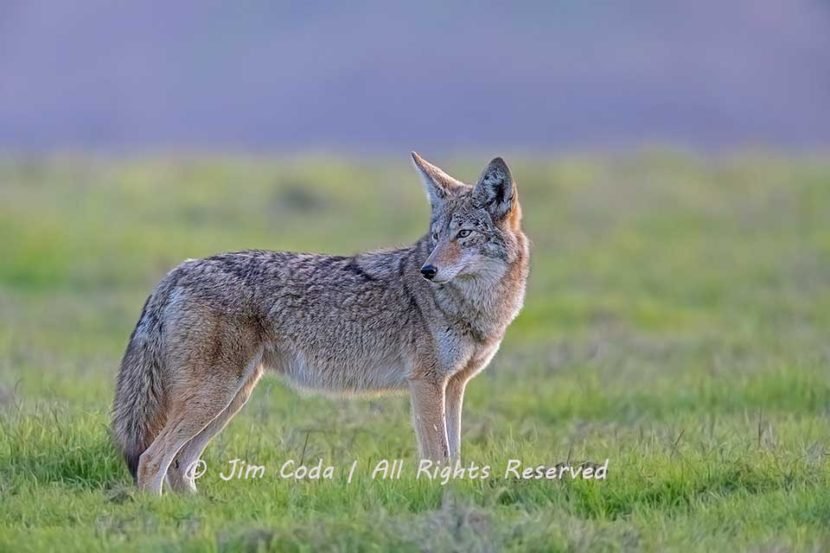
Coyote, Point Reyes National Seashore
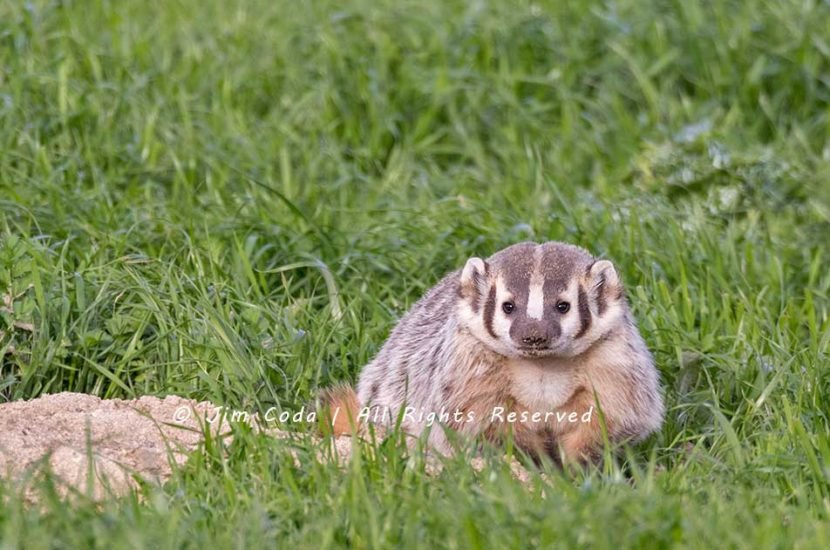
Badger, Point Reyes National Seashore
A lion cub rests near its mother, Serengeti National Park, Tanzania.
We saw a lot of lions in Serengeti National park. This cub was in Northern Serengeti. Speaking of Serengeti, it’s a very big park. It’s larger than Yellowstone National Park. In fact, I looked up the acreage of both parks before the trip and saw that if I added two Yosemite National Parks to Yellowstone I’d get one Serengeti National Park.
This cub was with several other cubs and their mothers near a small creek. It has a few flies on it which look like tsetse flies to me. Two are on the lower lid of its left eye. When tsetse flies bite, you know it. Unlike a mosquito, a tsetse fly’s mouth has tiny serrations that saw their way to your blood. They also have hard bodies. Most of the ones I smacked just flew away.
In my last post I showed a photo of a male lion with a nasty wound just below his right eye. I mentioned he had other problems, including his teeth. Here’s a photo of him mating with one of the lionesses in his pride. He opens his mouth here and his upper left fang seems to be missing.
African Lions Copulating; Serengeti National Park,Tanzania
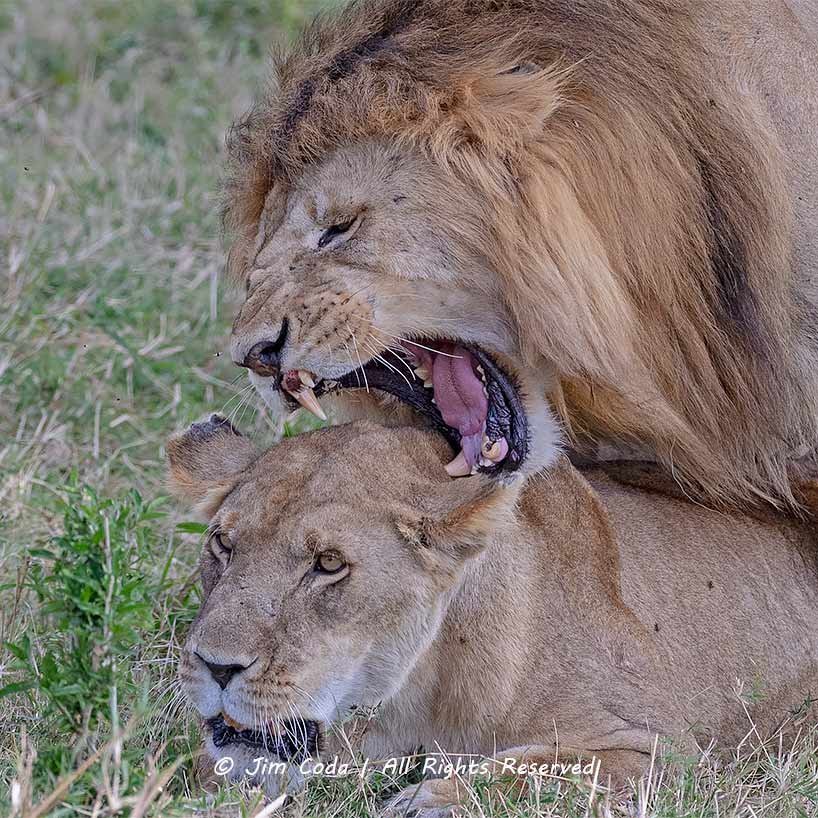
Male Lion Has Missing and/or Broken Fangs, Serengeti National Park.
Here is an enlarged portion of the previous photo which shows his teeth better. Not only is most if not all of his upper left fang missing, but his lower left fang is broken and looks decayed. I just saw a TV show about an African sanctuary which takes in wild animals and gives them a second chance. The program showed some lions and hyenas getting dental work done. Broken and missing teeth are a common problem with lions (and maybe hyenas as well) and a factor in estimating their age.
This guy doesn’t live in a sanctuary where they give medical care to the animals. He will have to live with his health problems. I hope he lives a full life.
For a larger view of the first photo above, click on my portfolio.
Male Lion with Open Facial Wound
I saw several male lions in Serengeti National Park and, as I recall, they all had some wound and/or scars on their faces. This guy was the worst though. The wound under his right eye looks like it could be serious. He has lost all his skin over the area and I’m wondering if flies might lay eggs in the wound. On the other hand, I’ve seen TV documentaries where lions had worse wounds and they recovered. I hope this guy makes it. I don’t know how old he is, but he has some other problems. There is something wrong with his upper lip. The two sides of his upper lip don’t come together and you can see several of his upper and lower teeth. Plus, based on another photo, I don’t think he has his upper left fang and his lower left fang is broken and black in the center which may indicate an exposed nerve and/or infection. Life in the wild is tough – even if you’re a male lion.
On the other hand, we saw him mating with one of the females in his pride, so he’s still king of his area of the Serengeti.
To see a larger photo, click on my portfolio.
I saw a lot of lions in Serengeti National Park. When I say “a lot” I mean that in relative terms. According to the African Wildlife Foundation, the lion population has decreased by 43% in the past 21 years (as of 2015). https://www.awf.org/wildlife-conservation/lion
Basically, all African wildlife is in trouble. The causes are many. One thing my trip caused me to do was focus more on wildlife problems outside the United States. The African Wildlife Foundation is dedicated to saving African wildlife. I’m now a member. If you’re concerned about African wildlife, please consider joining this organization at the link above.
